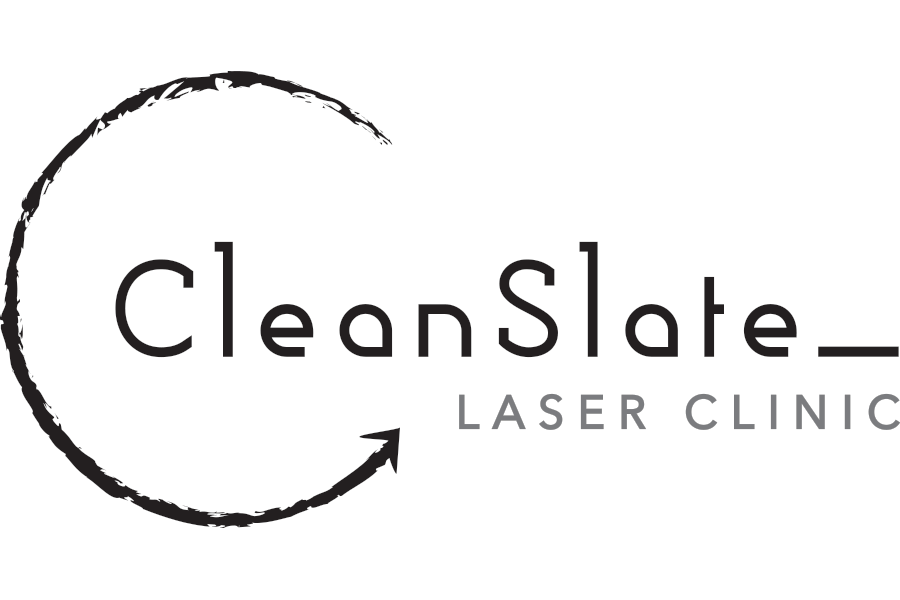The Ultimate Guide: How Often Should You Get a Skin Booster
Many people use several skincare remedies, including skin boosters, in their search for youthful, glowing skin. These minimally invasive procedures aim to enhance the moisture, texture, and overall look of the skin. How frequently should you get a skin booster, though, is a frequent query. In this article, we'll look at the variables that affect how often you get skin booster treatments and offer tips to help you attain and keep bright, healthy skin.
Understanding Skin Boosters
Hyaluronic acid, a naturally occuring component in the body that aids in maintaining skin moisture and volume, is frequently included in skin boosters. Hyaluronic acid, when injected into the skin, can help the skin retain more moisture, promote the formation of collagen, and improve the smoothness and flexibility of the skin. Various skin issues, such as fine lines, wrinkles, dullness, and acne scars, are treated using skin boosters.
Factors Influencing Treatment Frequency
The frequency of skin booster treatments can vary from person to person and depends on several factors:
1. Age: Younger individuals may require less frequent treatments compared to those with more advanced signs of aging. Skin boosters are often used as a preventative measure for younger individuals and as a restorative treatment for older individuals.
2. Skin Concerns: The specific skin concerns you want to address will impact the treatment frequency. Some people may only need occasional treatments for maintenance, while others may require a series of treatments to achieve desired results initially.
3. Skin Type: Your skin type can affect how often you need skin booster treatments. Individuals with naturally dry or mature skin may benefit from more frequent treatments to maintain hydration and collagen production.
4. Lifestyle and Environmental Factors: Lifestyle choices, such as smoking, sun exposure, and diet, can influence the rate of skin aging. Individuals who lead a healthier lifestyle may need fewer treatments than those exposed to more environmental stressors.
5. Product Used: The specific brand and formulation of the skin booster product can impact how often treatments are needed. Some products may provide longer-lasting results than others.
Guidelines for Treatment Frequency
While there is no one-size-fits-all answer to how often you should get a skin booster, here are some general guidelines to consider:
1. Initial Series: Many individuals start with an initial series of skin booster treatments spaced about 4 to 6 weeks apart. This allows for gradual improvement in skin quality.
2. Maintenance: After the initial series, maintenance treatments are typically needed to sustain the results. Maintenance treatments can be done every 4 to 6 months, depending on individual needs.
3. Consult with a Professional: It's crucial to consult with a dermatologist or qualified skincare professional to determine the most appropriate treatment plan for your skin type and concerns.
4. Listen to Your Skin: Pay attention to how your skin responds to the treatments. Some individuals may find that they need treatments less frequently, while others may benefit from more regular sessions.
5. Combine with a Skincare Routine: To maximize the effects of skin boosters, complement your treatments with a good skincare routine that includes sunscreen, moisturizers, and other products recommended by your skincare professional.
In conclusion, skin boosters are a great way to supplement your skincare regimen since they provide moisture, better skin texture, and a young shine. Based on personal characteristics including age, skin type, and particular issues, the frequency of skin booster treatments varies. Consult a skincare expert to analyse your requirements and create a personalised plan to help you attain and maintain healthy, glowing skin in order to select the best treatment schedule. Keep in mind that using skincare consistently is essential for getting effects that last. Check out Cleanslate Laser clinic at Bali, Canggu for more proffesional advice.
